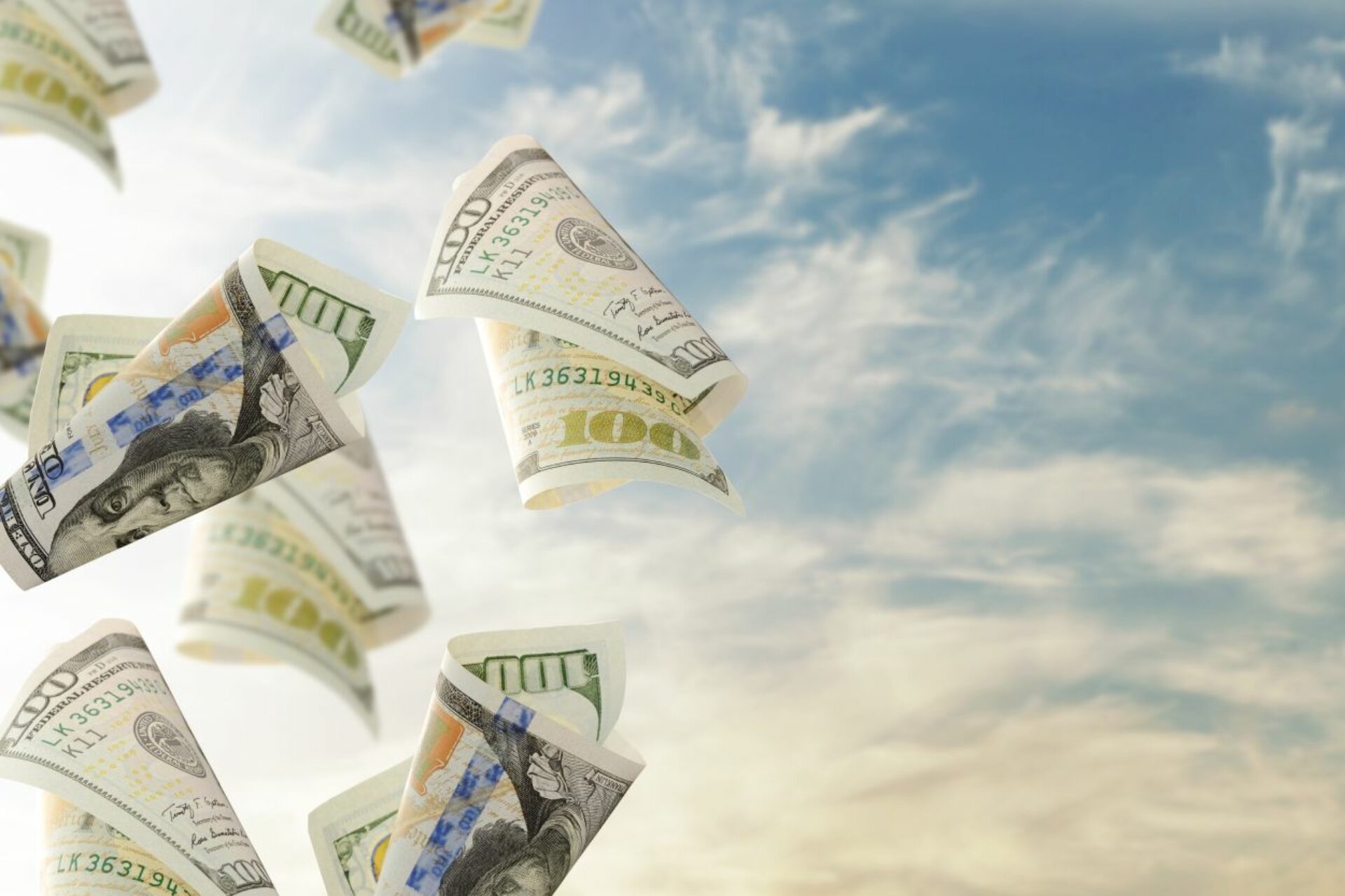The ruble is growing again on the eve of the tax period. The US dollar fell below 55 rubles during trading on Tuesday on the Moscow Exchange. for the first time since July 4, the euro is trading towards 56 rubles.
The ruble is strengthening against the dollar and the euro amid demand for ruble liquidity from exporting companies against the main tax payments of the month. Transfers to the budget should take place on July 25 and 28. Also in the world today there is an improvement in the attitude of investors to risky assets against the backdrop of a reassessment of the likelihood of a rate hike by the Federal Reserve System (Fed) immediately by 100 basis points at the July meeting.
In the middle of last week, such a probability was estimated by market participants at 80%, but then, after the speeches of a number of Fed representatives, these expectations became more moderate.
Russia could restore a fiscal rule that redirects excess oil revenues to its rainy day fund by setting a new oil price ceiling of $60 a barrel, a Kremlin source said Tuesday, confirming an earlier report.
This rule has been completely suspended after tough Western sanctions imposed after Moscow launched a special military operation in Ukraine on February 24.
The finance ministry is now working on a new fiscal rule and cut-off price to help build reserves and limit ruble appreciation, the source said.
The authorities seek to protect the economy from external shocks. The Central Bank and the Finance Ministry stopped buying foreign currency in early 2022 to ease downward pressure on the ruble at a time when it was falling sharply in the weeks before Moscow deployed tens of thousands of troops to Ukraine.
The ruble has now soared to seven-year highs, helped by capital controls that include restrictions on Russians withdrawing foreign currency savings. This revaluation reduces Russia’s export earnings by lowering the value of dollar and euro earnings from the sale of goods and other goods abroad.
A source close to the Kremlin, speaking on condition of anonymity, told Reuters that the Treasury Department had proposed a crude oil price of $60 a barrel and a daily oil production of 9.5 million barrels under the new rule, confirming an earlier report. in the Vedomosti newspaper.
The previous fiscal rule had a cap on oil of $40 per barrel, with an annual increase of 2%.
President Vladimir Putin said Russia produced 10.5 million barrels per day of crude oil and gas condensate in June.
The new parameters for the rule were proposed by the finance ministry, and some senior officials had a different view, the source said, adding that the details would be discussed with Putin in August.
The Finance Ministry declined to comment.
Finance Minister Anton Siluanov said last month that Russia could start buying the currencies of „friendly” countries and use those reserves to try to influence the dollar-euro exchange rate as a means to counter the ruble’s surge.
The new fiscal rule, if introduced next year with parameters proposed by the finance ministry, could mean the ruble would be 10 to 20 rubles weaker on average than it is now, said Stanislav Murashov, an economist at Raiffeisen Bank in Moscow.




